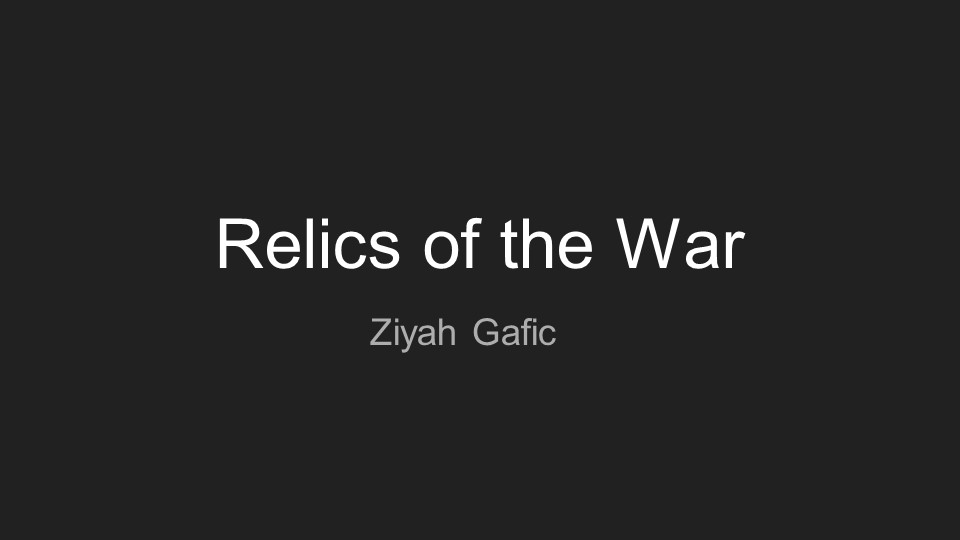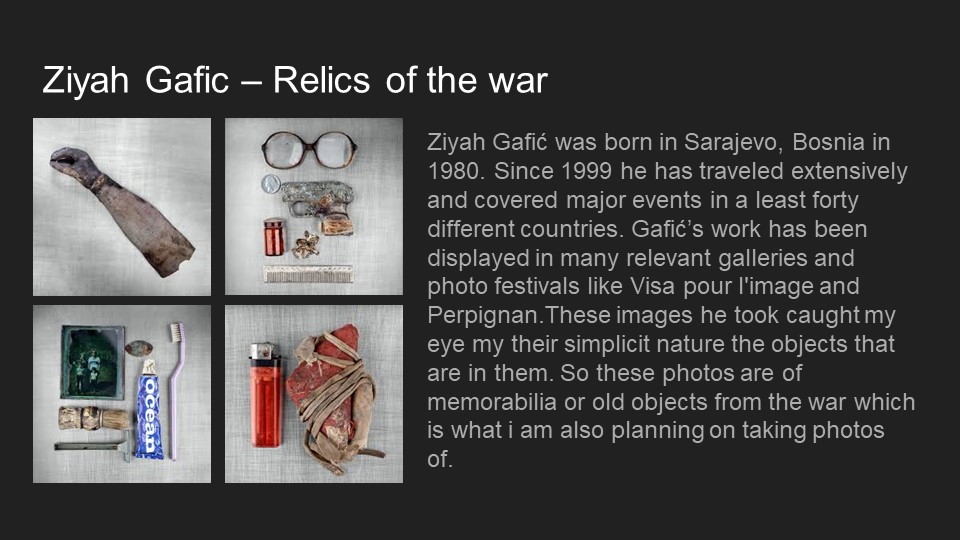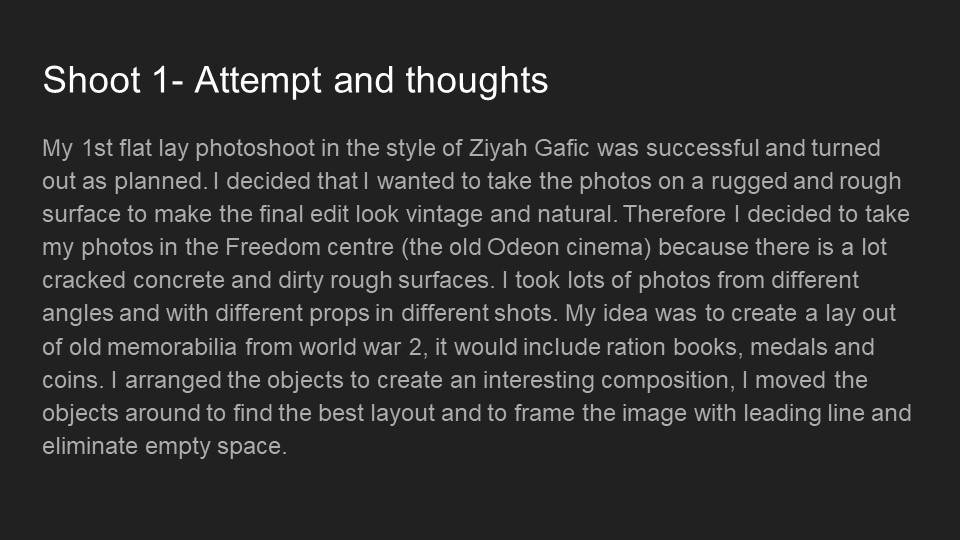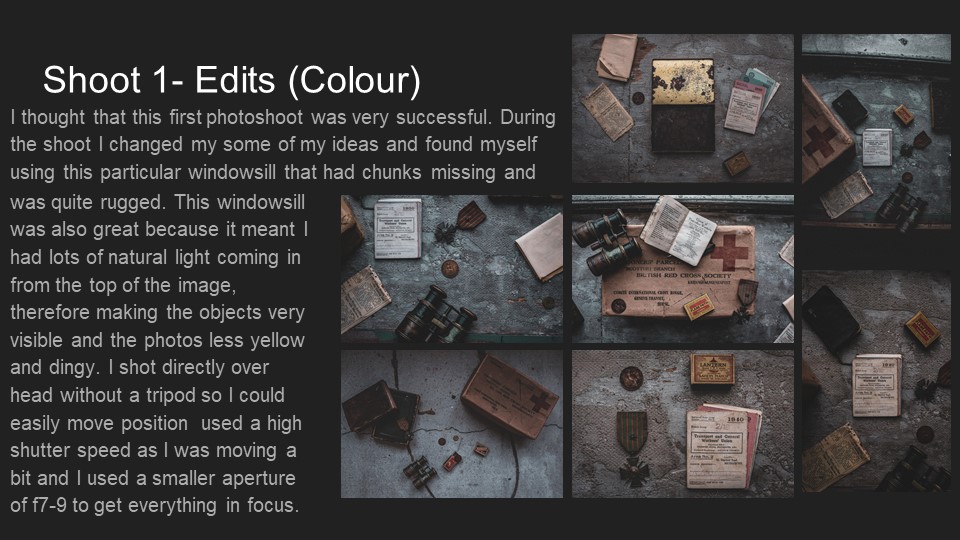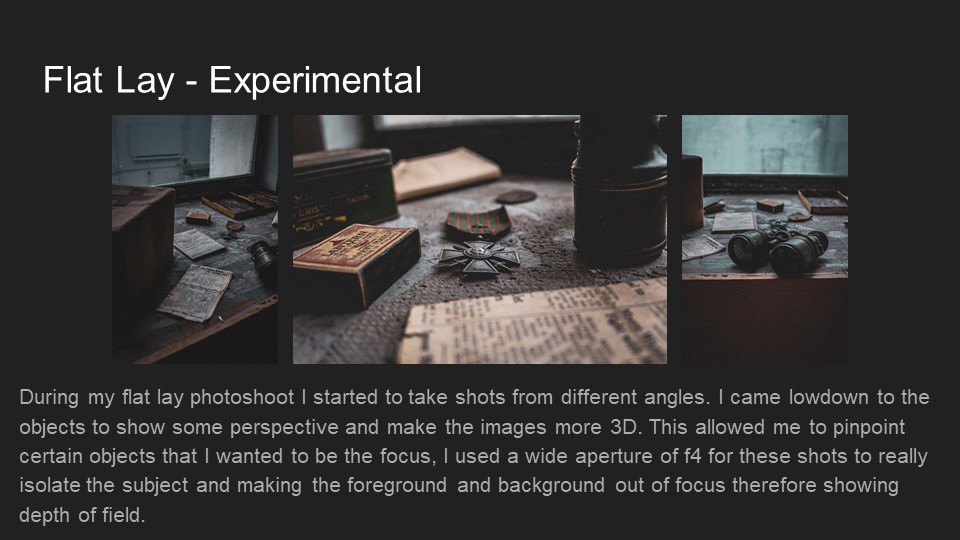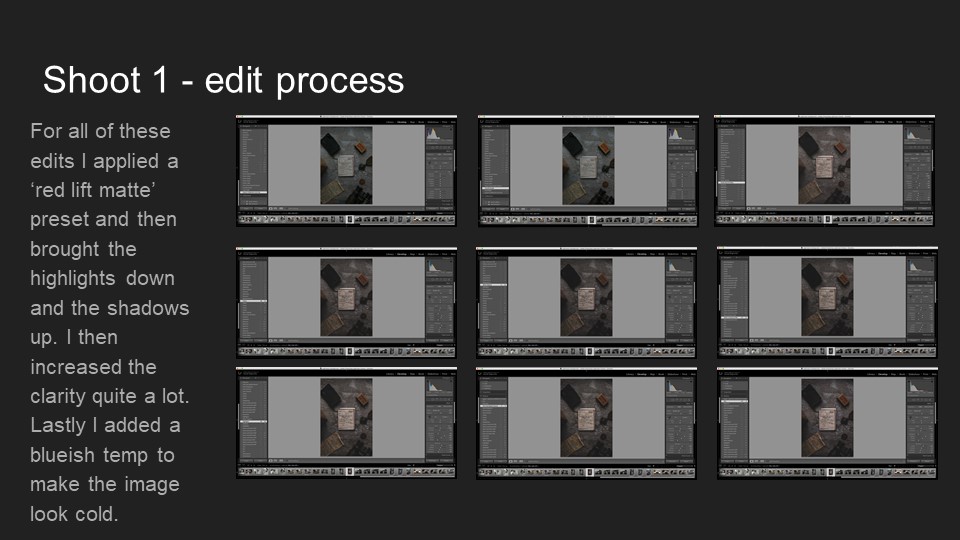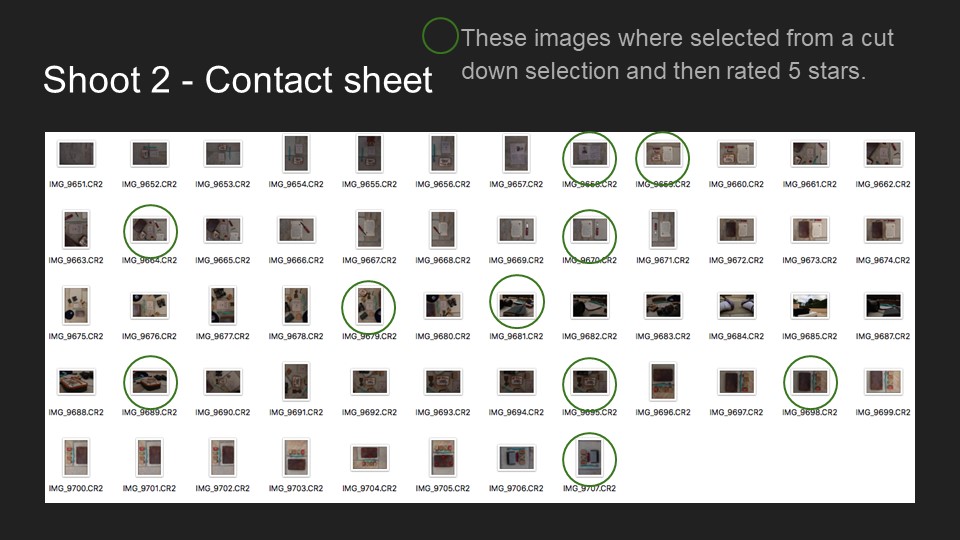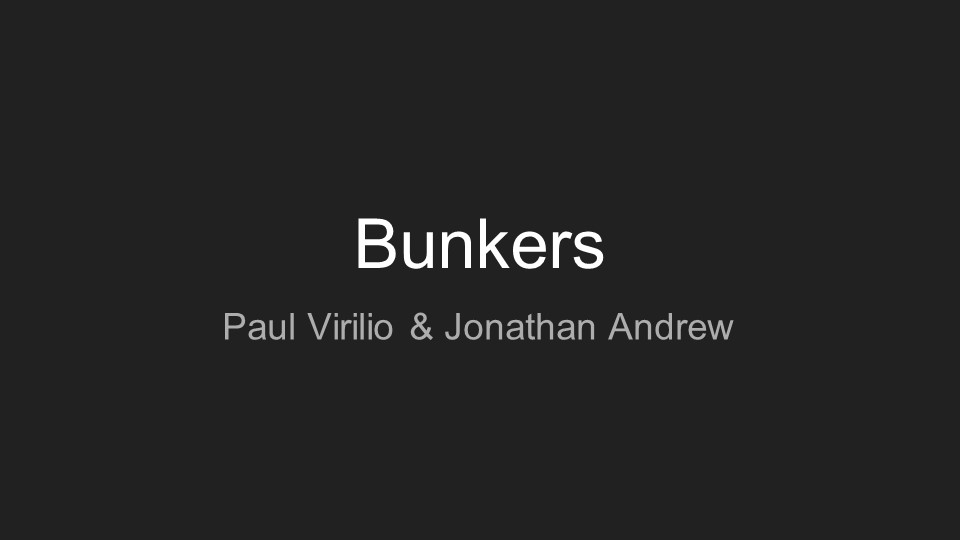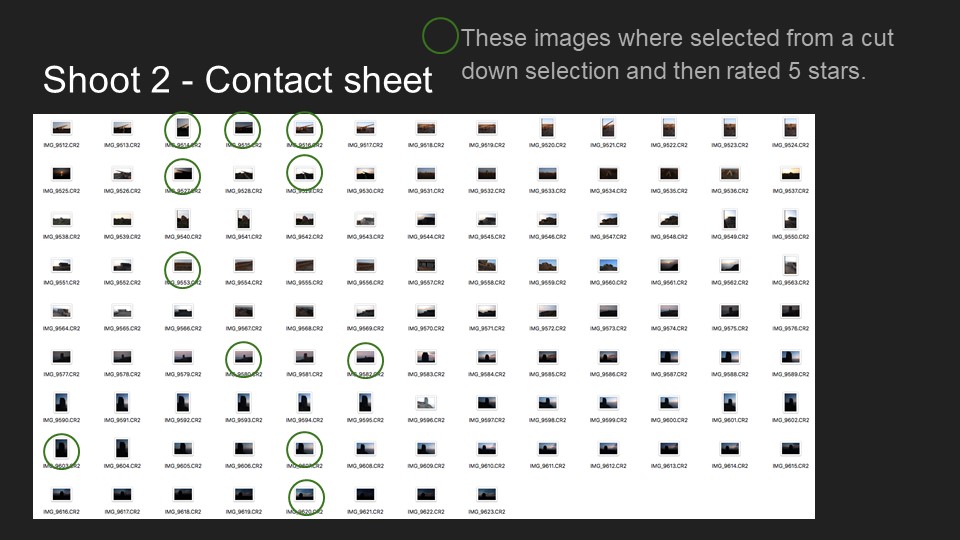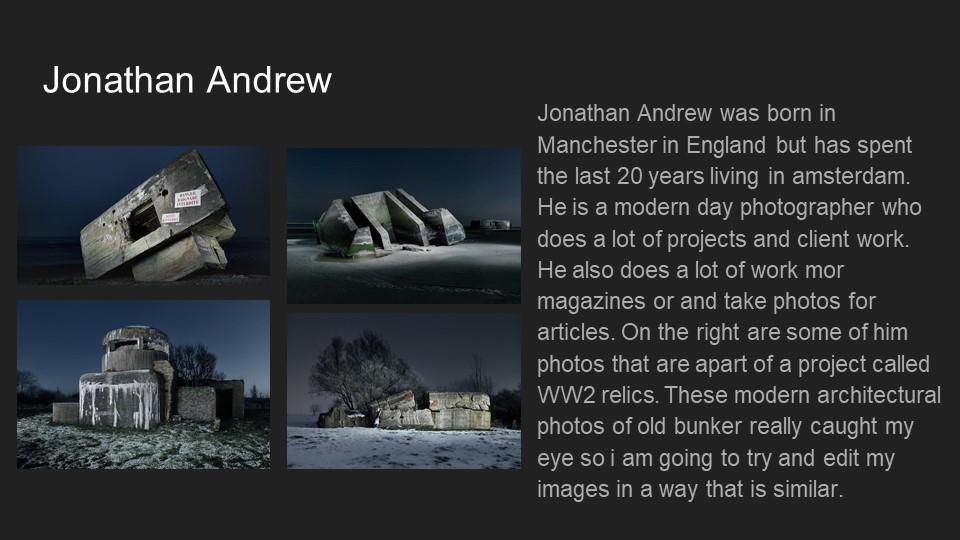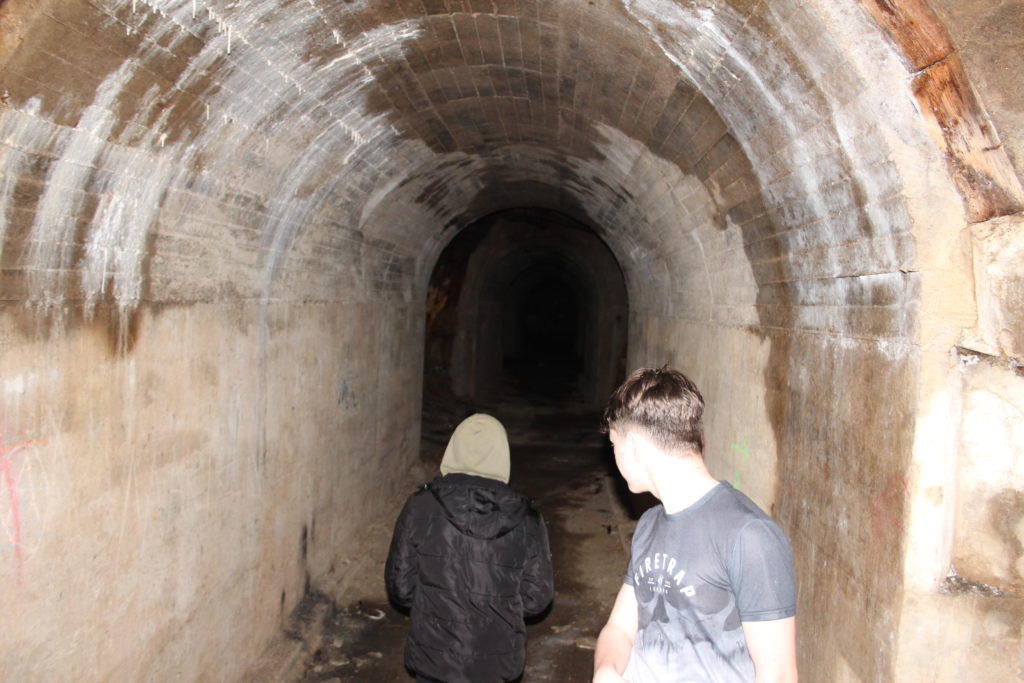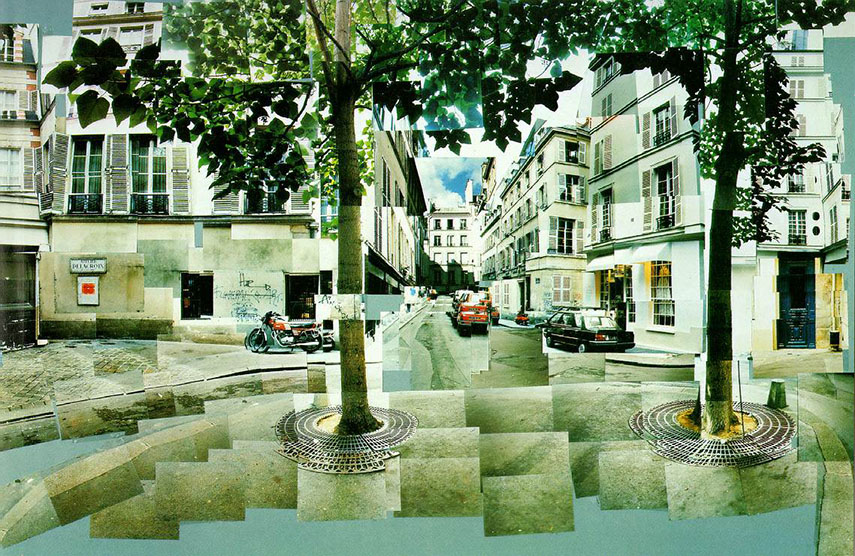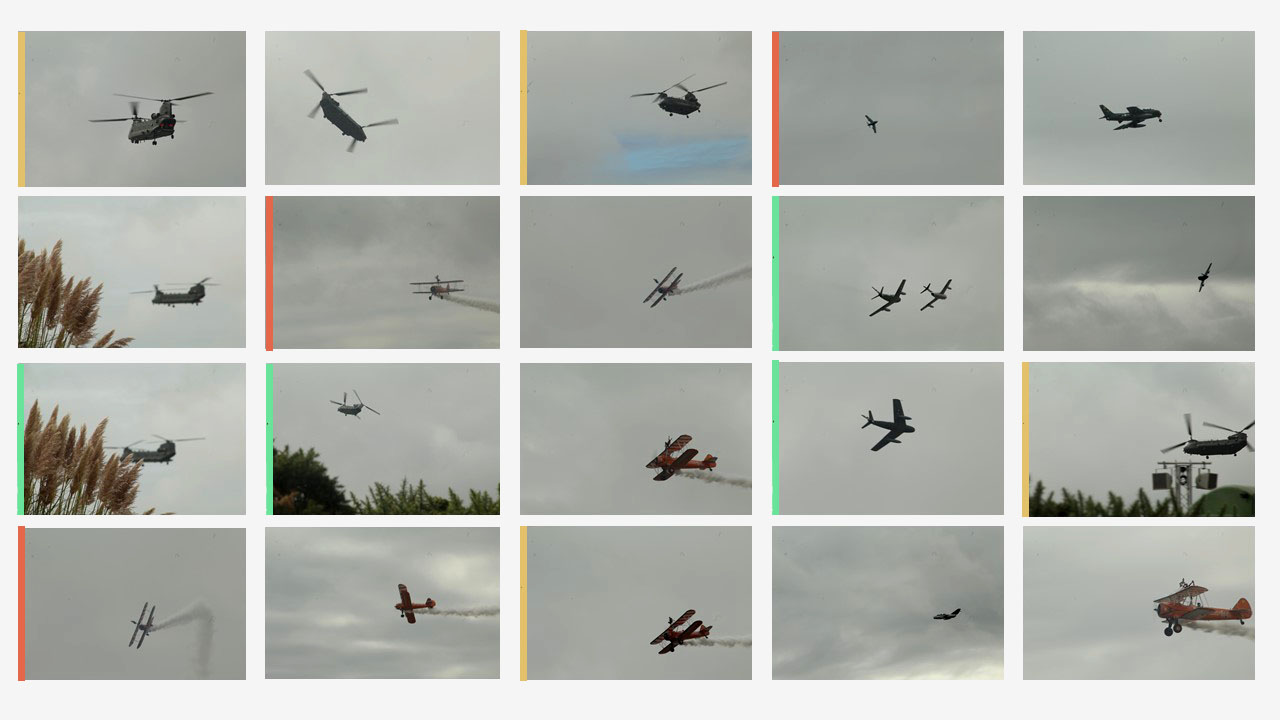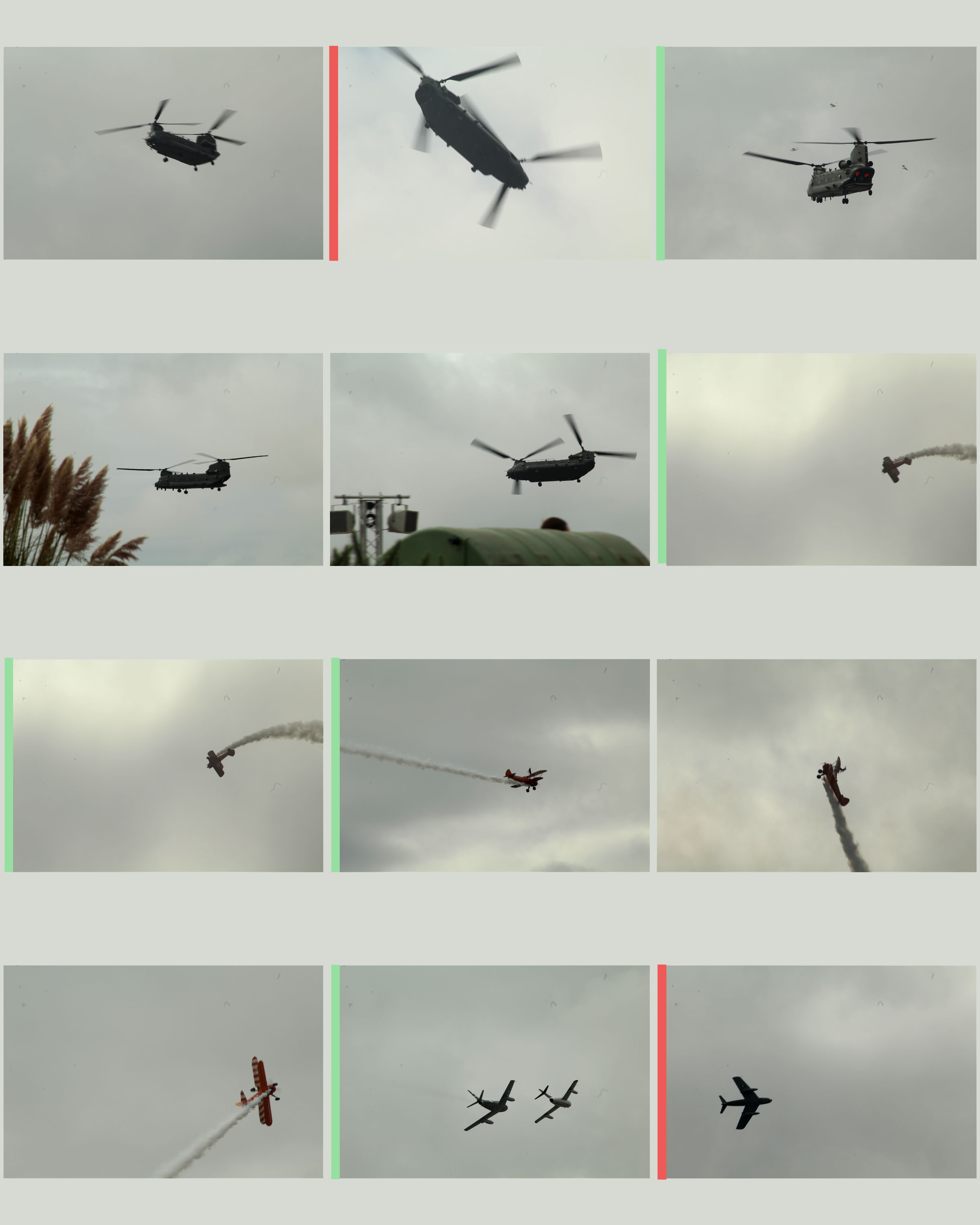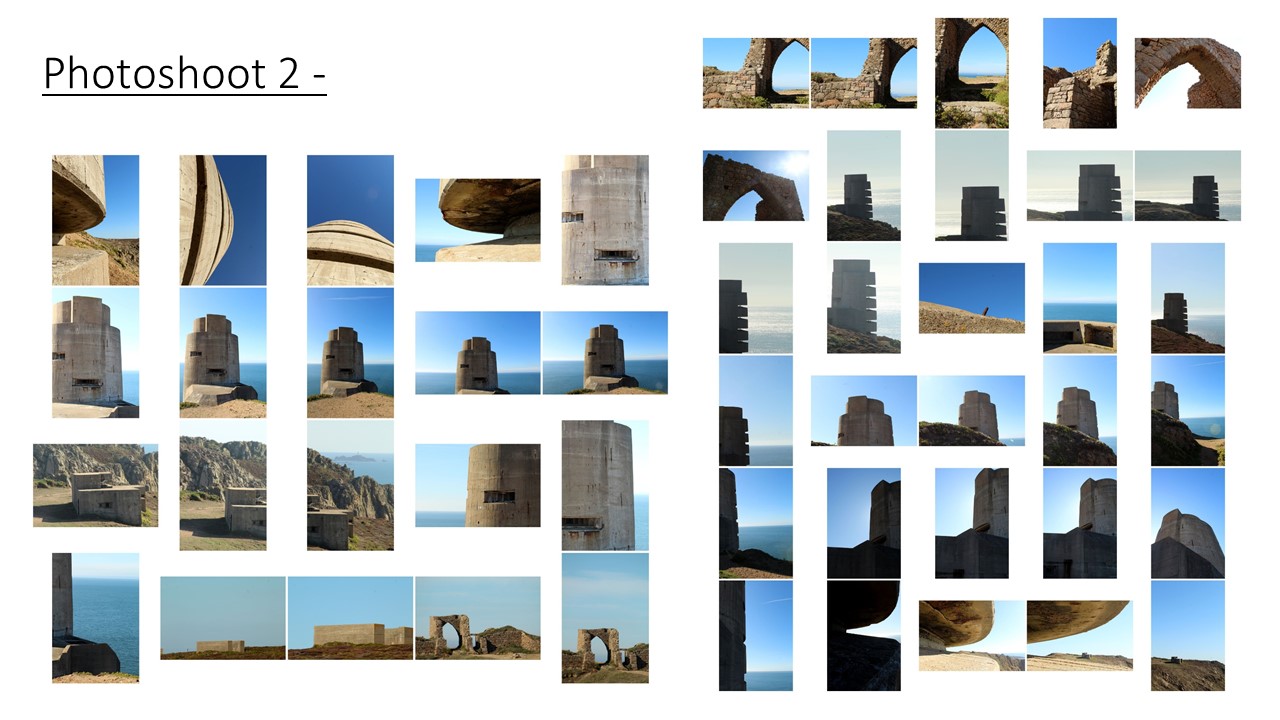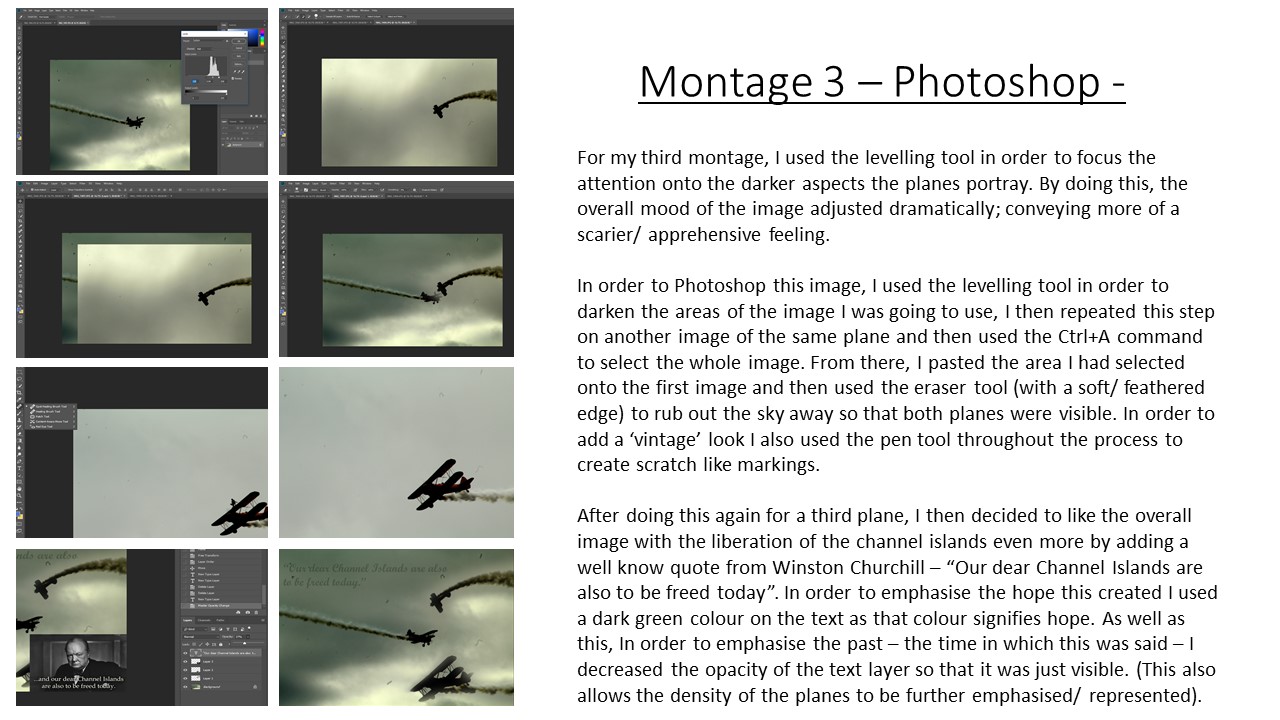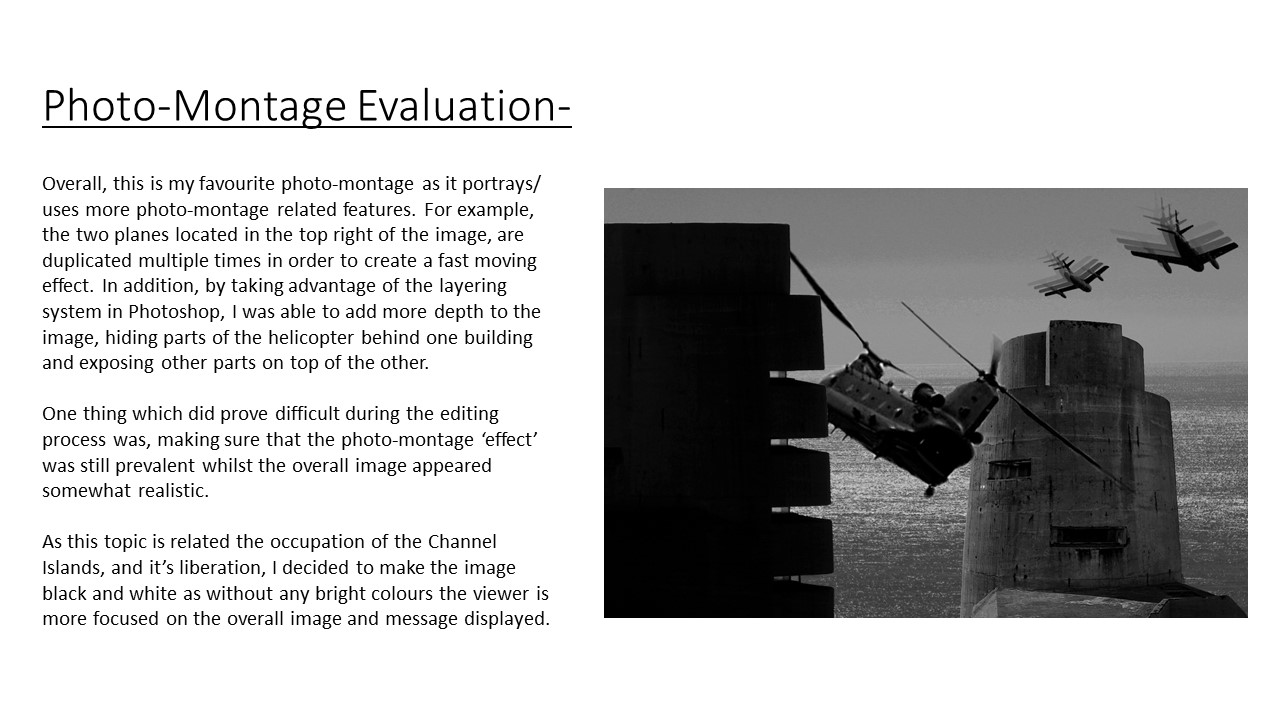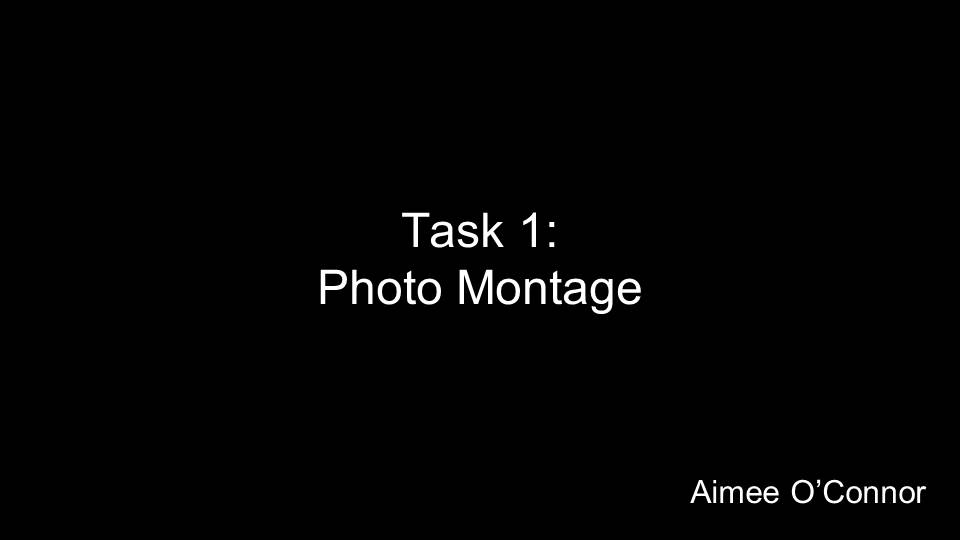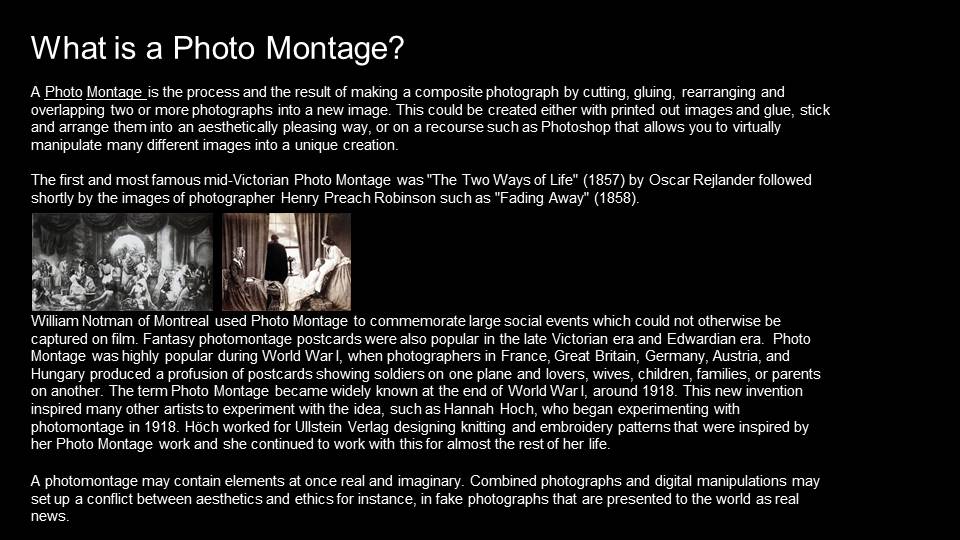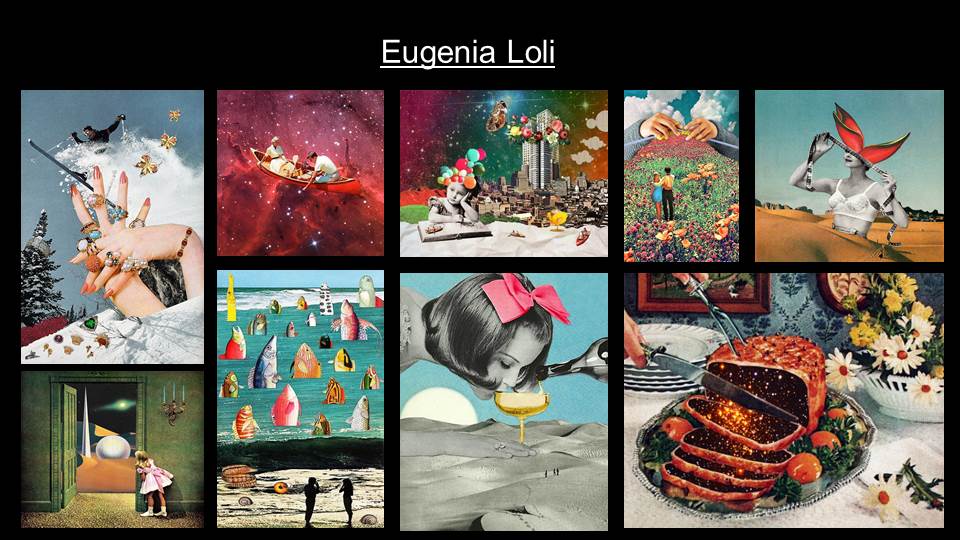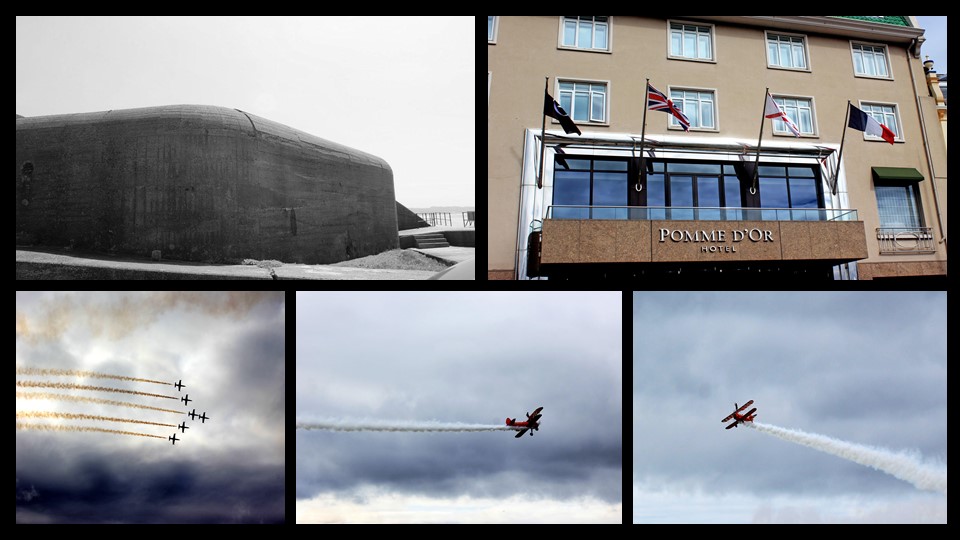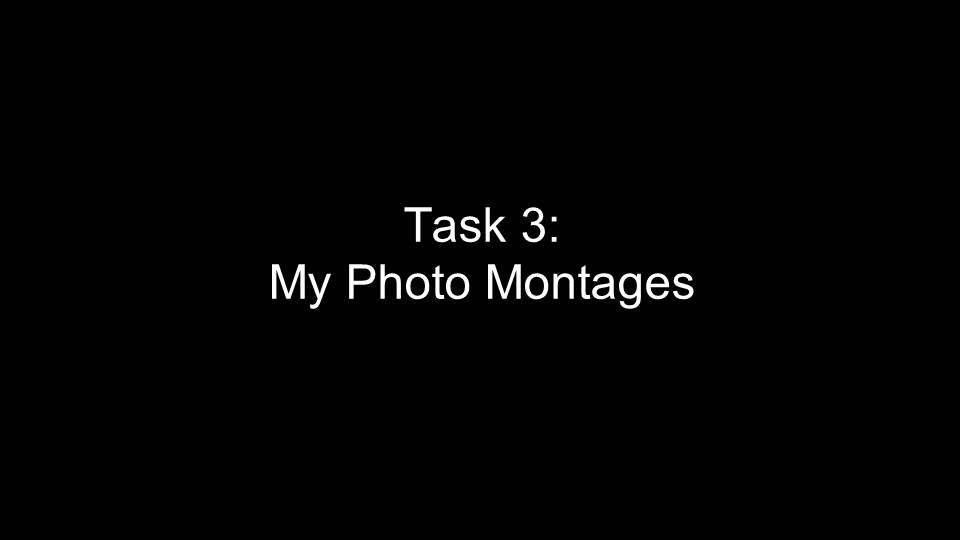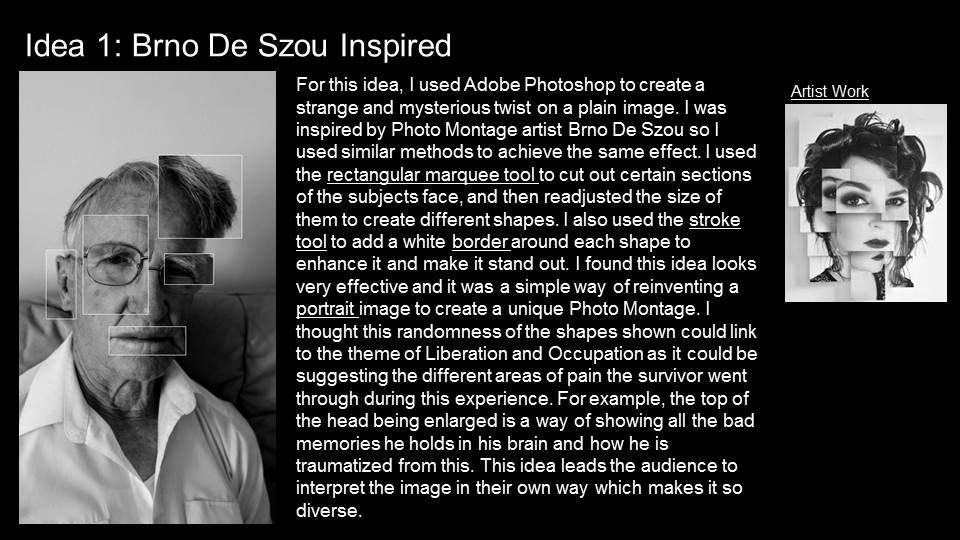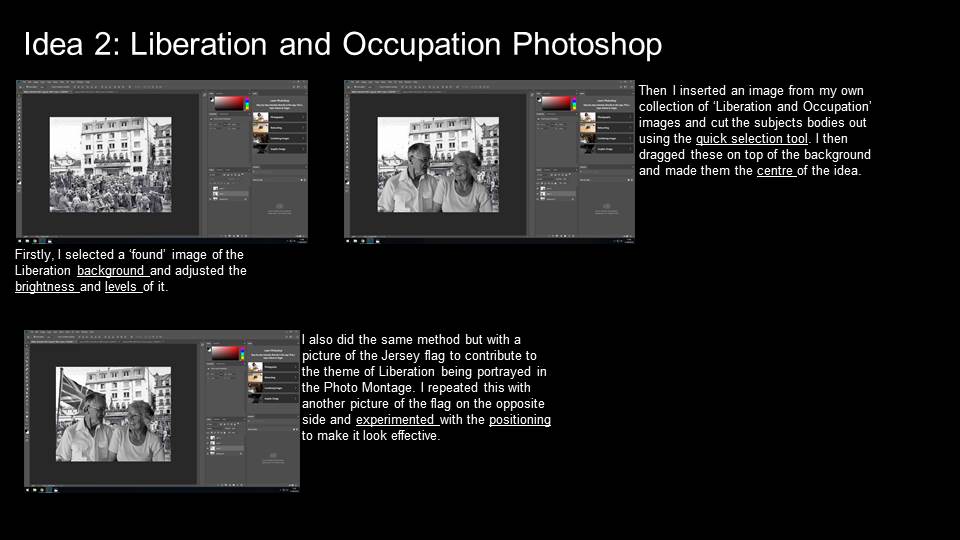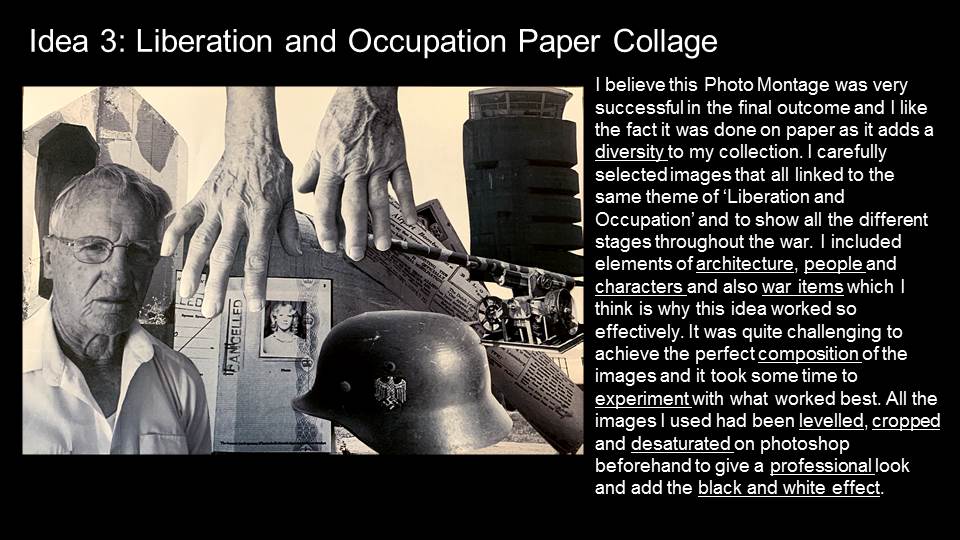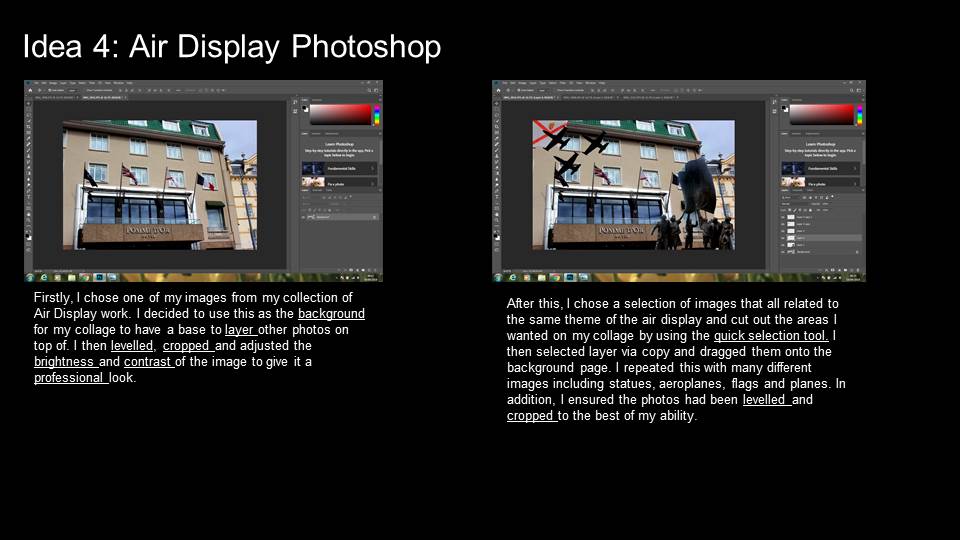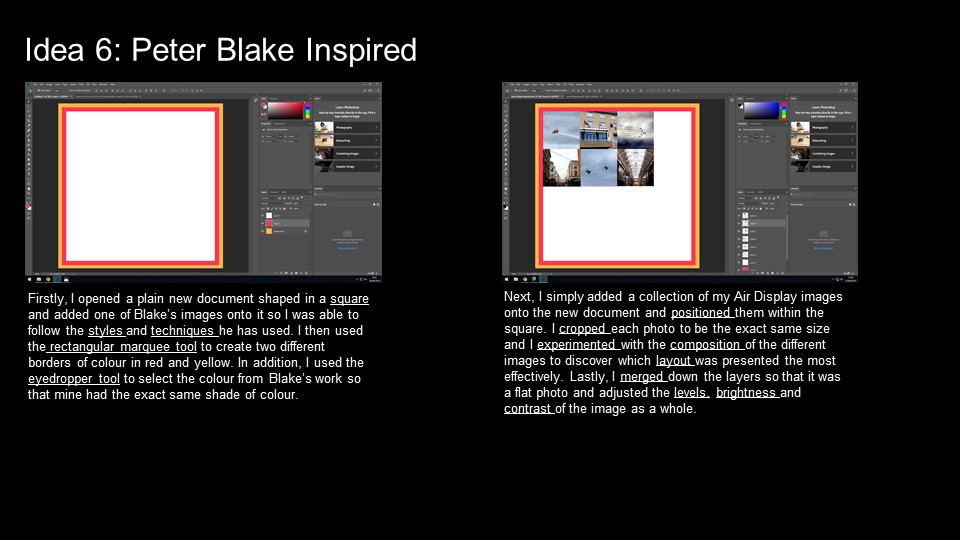Autumn Term Planner
AS Photography 2019
| Summer Task | Mark | Grade/level |
| Summer Task | – | – |
| Feedback: – | ||
| Overall attainment for this set of assessments based on the sum of all assessments | – | |
| Component 1 : Photomontage | Mark | Grade/level |
| Photomontage Research and Analysis K+U | – | – |
| Photomontage Photoshoot + Contact Sheet + Selected Images | – | – |
| Photomontage Design and outcomes | – | – |
| Photomontage Evaluation | – | – |
| Due Date for completion = Wed 25 Sept 2019 | ||
| Overall attainment for this set of assessments based on the sum of all assessments | – | |
| Component 1 : Occupation Landscapes | Mark | Grade/level |
| Intro to Landscape Photography (Mood board / mindmap) | – | – |
| Utopia V Dystopia (romanticism v new topographics) | – | – |
| Case study 1 (research and analysis of a key photographer) | – | – |
| Photoshoot 1 (based on romanticist approaches) | – | – |
| Case study 2 (research and analysis of a key photographer) | – | – |
| Photoshoot 2 (based on new topographic approaches) | – | – |
| Editing, Enhancement and manipulation | – | – |
| Presentation and display of final outcomes | – | – |
| Evaluation of process | – | – |
| Due Date for completion = Wed 16 October 2019 | ||
| Overall attainment for this set of assessments based on the sum of all assessments | – | |
| Component 1 : Remembrance | Mark | Grade/level |
| Intro, moodboard, mindmap | – | – |
| Remembrance Photoshoot, contact sheet and selection | – | – |
| Editing, enhancement, processing and development | – | – |
| Presentation and display of final outcomes | – | – |
| Feedback: – | ||
| Overall attainment for this set of assessments based on the average of all assessments | – | |
| Camera Skills | Mark | Grade/level |
| Focal Length | – | – |
| Focus Points | – | – |
| Depth of Field | – | – |
| Aperture | – | – |
| Shutter Speed | – | – |
| ISO and White Balance | – | – |
| Feedback: – | ||
| Overall attainment for this set of assessments based on the average of all assessments | – | |
| Lighting Techniques | Mark | Grade/level |
| Natural Light / outdoors | – | – |
| Available Light / indoors | – | – |
| Studio Lighting / one point lighting | – | – |
| Studio Lighting / two point lighting | – | – |
| Studio Lighting / 3 point lighting | – | – |
| Feedback: – | ||
| Overall attainment for this set of assessments based on the average of all assessments | – | |
| Adobe Photoshop Skills | Mark | Grade/level |
| Image Adjustment and enhancement | – | – |
| Cropping methods | – | – |
| Use of selection tools | – | – |
| Cut-n-paste methods | – | – |
| Layers and blending methods | – | – |
| Feedback: – | ||
| Overall attainment for this set of assessments based on the average of all assessments | – | |
| Image Analysis and Interpretation : Newman vs Krupp | Mark | Grade/level |
| Technical knowledge and understanding | – | – |
| Visual knowledge and understanding | – | – |
| Conceptual knowledge and understanding | – | – |
| Contextual knowledge and understanding | – | – |
| Feedback: – | ||
| Overall attainment for this set of assessments based on the average of all assessments | – | |
| Component 1 : Unit Assessment 1 | Mark | Grade/level |
| Assessment Objective 1 | – | – |
| Assessment Objective 2 | – | – |
| Assessment Objective 3 | – | – |
| Assessment Objective 4 | – | – |
| Overall attainment for this set of assessments based on the sum of all assessments | – | |



